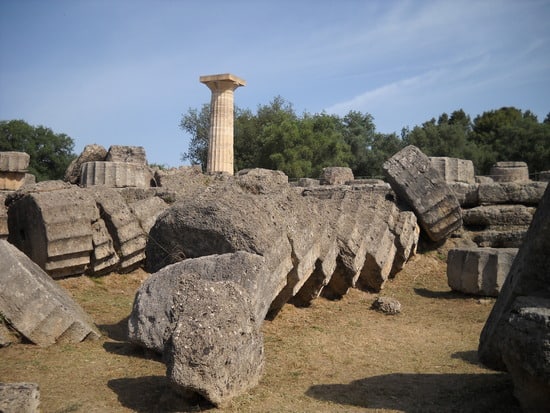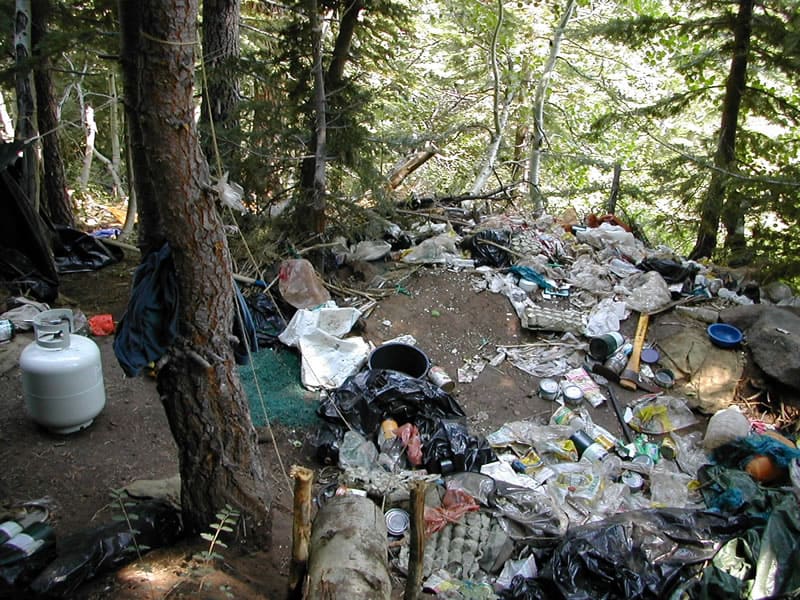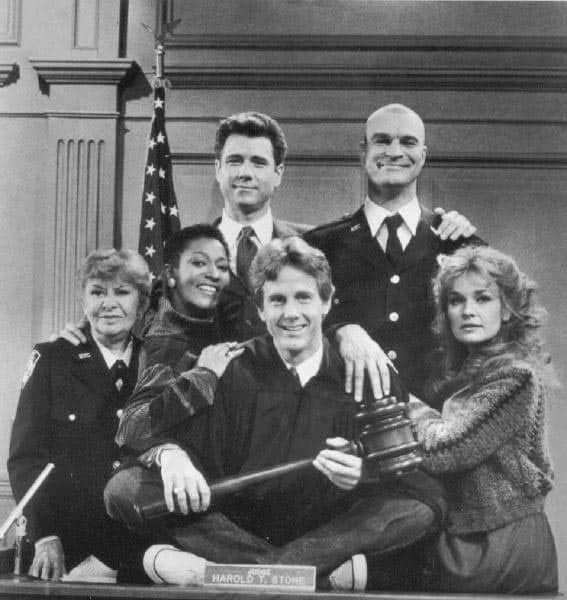
I’d like to start a discussion based on some ideas in Doug Bevington’s 2009 book, “The Rebirth of Environmentalism: Grassroots Activism from the Spotted Owl to the Polar Bear.” If others don’t think his statements are an accurate depiction of how things currently are, nor of history, I think that would also be of interest.
In this book, Bevington contrasts national environmental organizations and their “insider” strategies with what Bevington calls “grassroots biodiversity groups” and their “outsider” strategies. Let me quote from the book p 36.
“As grassroots activists started doing litigation to protect forests and endangered species, they created new organizations as vehicles for the lawsuits. The new groups were initially very small with few members other than the activists directly involved in the group’s work. The activists described their new organizations as “grassroots” to distinguish themselves from the nationals. In the context of other social movements, the term is often associated with mass participation, but this was not the case for most grassroots biodiversity groups. They found that a small handful of determined activists could achieve significant environmental protection through litigation without having to engage in a broad mobilization of the public.”
And why did they not need public support? Because they were funded by foundations.
“The influx of new environmental grantmakers brought in increased opportunities for funding alternative approaches within the environmental movement (p. 37)…” and ” in my interviews with grassroots biodiversity activists a few of the newer environmental grantmakers were frequently mentioned as providing crucial early support for their groups.”
Note: the actual definition of grass roots from Merriam Webster is 1: the very foundation or source
2: the basic level of society or of an organization especially as viewed in relation to higher or more centralized positions of power.
In that sense, the use of the term “grass roots” by Bevington is comparing them to national environmental groups and not necessarily to local environmental or other groups. It would probably be better to use another term for these groups, but it is convenient to use this term to discuss his book.
The most direct interpretation of their strategy appears to be that public support can be bypassed if funding is available to pursue one’s goals through litigation. And it might appear to local people impacted by these lawsuits that non-local philanthropists and activists may ultimately determine policies through closed-door settlements of litigation. Which may be part of what is behind the desire to limit “appeals and litigation”- to favor open processes where local people and governments can weigh in on policies that directly affect them.
When seen through the lens of social justice, it appears that choosing litigation as a strategy may favor national interests, and those wealthy enough to be philanthropists, at the expense of the local interests and the working class. At least this lens needs to be carefully considered, in my opinion.
One way to increase trust with local people and governments would be to make transparent the source of funding for these groups, and specifically, from whom each grant is received. Then those who disagree with the legal proceedings of a group could deal directly with the granting foundation. Another way would be to open all settlement discussions to the public. It seems that if transparency is thought to be a good thing for government, it should be equally a good thing for other ways of developing public policy.






